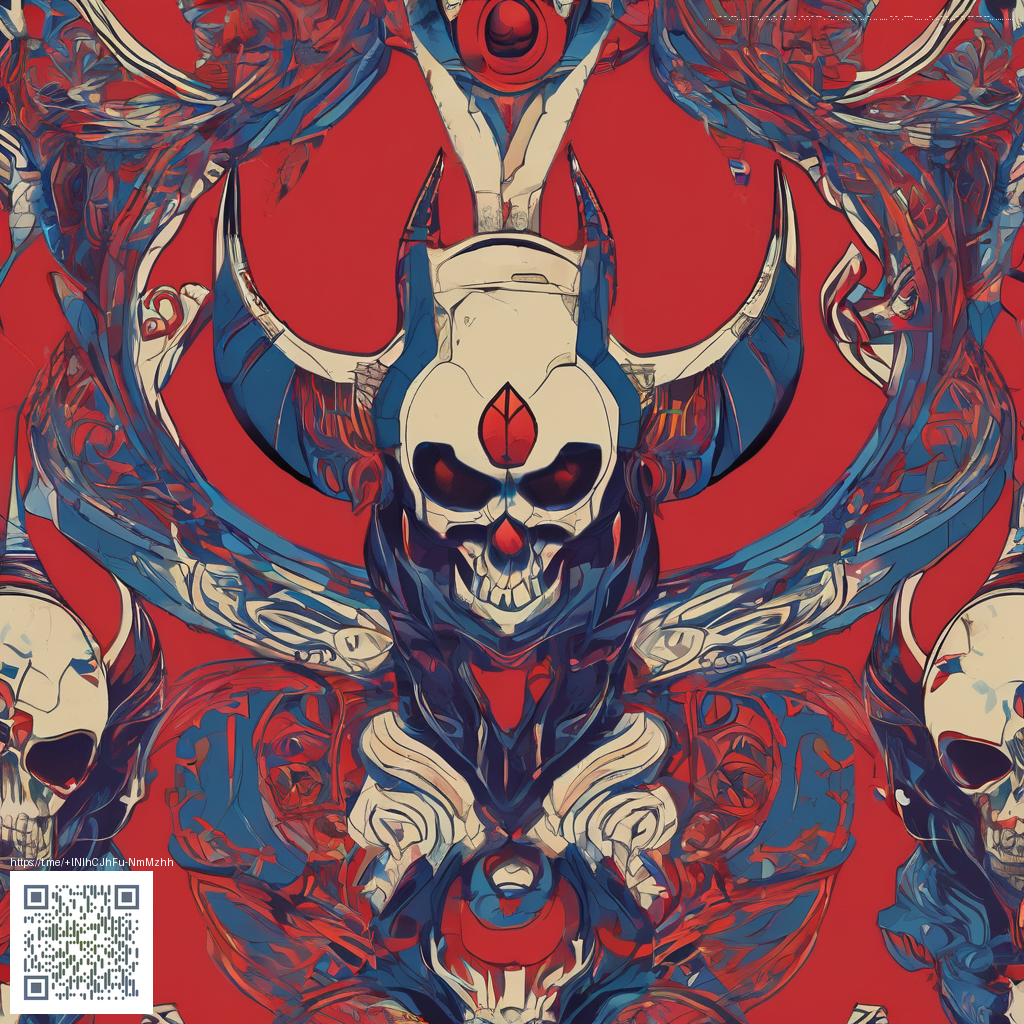
Digital Paper Mastery for Greeting Card Design
Digital paper is more than a pretty backdrop—it’s the substrate that gives your greeting cards depth, texture, and a tactile feel even when viewed on screen. Modern digital papers come in a spectrum of finishes: from linen and canvas textures to watercolor washes and subtle metallic sheens. The goal is not to overwhelm the message but to enhance it, guiding the recipient’s eye toward the sentiment inside. When you understand the nuances of digital paper, you can create cards that read as thoughtfully crafted pieces, whether they’re shared digitally or printed for a keepsake.
Key considerations when choosing digital paper
- Texture and finish: Consider if you want a tactile impression—coarse linen, soft watercolor, or smooth matte. Textured papers can add character to typography and illustrations, but ensure resolution remains crisp for intricate line work.
- Resolution and scale: Look for high-resolution patterns that scale well without losing detail. For cards that fold, ensure texture aligns with fold lines and margins so it doesn’t get distorted during printing.
- Color consistency: RGB digital previews can look different in print. Prefer paper sets that are designed with CMYK compatibility in mind or use soft proofing to anticipate how hues shift when printed.
- Pattern density: Bold patterns suit wrap-around designs; lighter textures work well for minimalist typography. Balance between pattern and negative space to keep the message legible.
- Licensing and usage: Verify that the digital paper assets you choose permit commercial use if you plan to sell or distribute the cards.
Color, contrast, and print realities
Color choice drives emotion. Neon accents and high-contrast palettes can create energy and modern vibes, while muted palettes convey elegance and warmth. When designing digitally, anticipate how your colors will translate in print. A vibrant screen preview may appear less saturated in ink, so test with soft proofs and adjust ink coverage accordingly. If you’re aiming for bold neon vibes, pair them with generous white space to prevent visual fatigue and to keep the greeting readable at a glance.
“The right digital paper can make a design feel tactile, even when it exists first in pixels.”
For designers who enjoy experimenting with neon or glossy accents, consider drawing inspiration from contemporary tech aesthetics. In fact, a recent example from the marketplace—the Neon UV Phone Sanitizer 2-in-1 Wireless Charger—illustrates how bold neon contrasts can energize a layout. While that product is a gadget, its vibrant palette can influence your card’s digital paper choices and color stories. You can explore the product page to see how neon palettes behave in a product photo context, which can inform your mood boards and print-ready proofs.
Practical workflow for crafting with digital paper
- Start with a mood board that pairs typography with 2–3 digital paper textures to establish a cohesive voice.
- Test your chosen textures at card sizes (4×6 and 5×7 are common) to ensure the pattern scales without losing impact.
- Create layered designs that allow the text to breathe—reserve solid color blocks for greetings and sentiment placements.
- Preview your design in different lighting simulations to judge contrast and legibility, then tweak line weights and font sizes accordingly.
- Prepare print-ready files with proper margins, bleed, and color profiles. Keep licensing notes handy in case your client needs documentation for commercial use.
Digital paper shines when you balance texture, color, and typography. The subtle interplay between a textured background and clean typography can elevate a simple message into something that feels curated and thoughtful. If you’re ever unsure, view how other creatives interpret the concept by visiting reference galleries—inspiration, after all, often starts with seeing how others harmonize texture and text.
As you refine your process, remember that inspiration isn’t confined to one medium. The idea of translating tactile quality into digital graphics can be explored across print and online portfolios, and it’s easy to apply to your own greeting card projects. For a visual reference that echoes this approach, you can explore more ideas on the page at https://spine-images.zero-static.xyz/7433189d.html.
Putting it all together
Choosing digital paper is a blend of art and practicality. Select textures that support your message, ensure print compatibility, and keep a close eye on how colors shift from screen to print. When you pair bold, modern accents with well-spaced typography, your greeting cards become memorable keepsakes rather than fleeting digital files. The best designs feel intentional, and digital paper is the quiet hero that helps you achieve that polish without sacrificing flexibility.